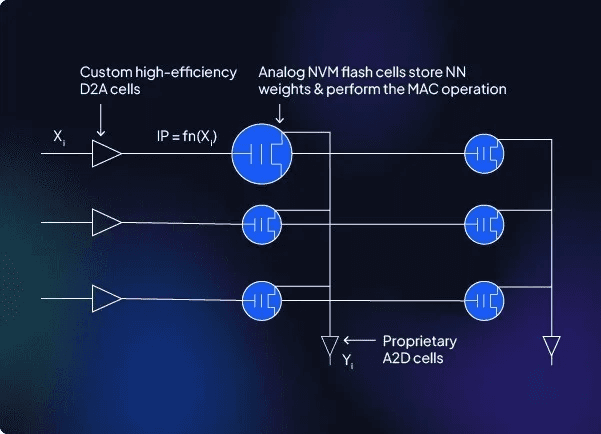Programming
Complex Systems in Software Engineering
The Holistic Development® Advantage
Apr 5, 2024
As technology weaves itself ever more tightly into the fabric of our world, the software systems we rely on grow increasingly complex. Traditional software development approaches often struggle to manage this complexity, leading to delays, cost overruns, and systems that fail to fully meet real-world needs. To meet these challenges, forward-thinking companies like Digital Trans4orMation s.r.o. are turning to Holistic Development®.
What Makes a System "Complex"?
In software engineering, complexity goes beyond just the sheer amount of code. Complex systems exhibit these characteristics:
Interdependence: Many interconnected components, where changes in one part can have cascading and unpredictable effects.
Emergent Behaviour: The whole system exhibits properties and behaviours that cannot be easily understood by studying its parts in isolation.
Adaptivity: Complex systems may evolve over time in response to changing environments or user needs.
Non-linearity: Small changes in input can lead to wildly disproportionate outputs.
The Challenge of Traditional Development
Traditional "waterfall" approaches to development break projects into linear phases. This works well for simple systems, but not when dealing with:
Shifting Requirements: In a fast-paced world, business needs change rapidly. Rigid development plans become obsolete.
Untamed Complexity: Siloed development teams fail to grasp the whole system, leading to bugs, integration issues, and performance bottlenecks.
Hard-to-Test Interactions: Unforeseen interactions between components can lead to unexpected failures only revealed late in the process.
Holistic Development® – A Systems-Thinking Approach
Holistic Development® recognises that software, hardware, and the real-world context in which they operate are inextricably linked. It emphasises:
Cross-Disciplinary Teams: Hardware engineers, software developers, UI/UX designers, and business stakeholders collaborate from the start.
Systems Thinking: Understanding the big picture – how components relate, impact users, and align with the overall business goals.
Agile and Iterative: Building systems in short cycles, with continuous testing, feedback, and refinement.
Data-Driven Design: Leveraging analytics and user testing to inform decisions throughout the development process.
The Digital Trans4orMation s.r.o. Edge
With Holistic Development® at its core, Digital Trans4orMation s.r.o. is uniquely positioned to deliver cutting-edge solutions that meld software and hardware seamlessly. This means:
Custom-Tailored Tech: No off-the-shelf solutions. Systems are designed specifically around your goals and the needs of your users.
User-Centric Design: Intuitive interfaces and seamless experiences that bridge the gap between humans and technology.
Competitive Advantage: Gain an edge through truly integrated, highly responsive systems impossible to achieve with legacy development methods.
written by: Matthew Drabek
-for more information about out Holistic Development® services please connect with us
For our Services, feel free to reach out to us via meeting…
Please share our content for further education


